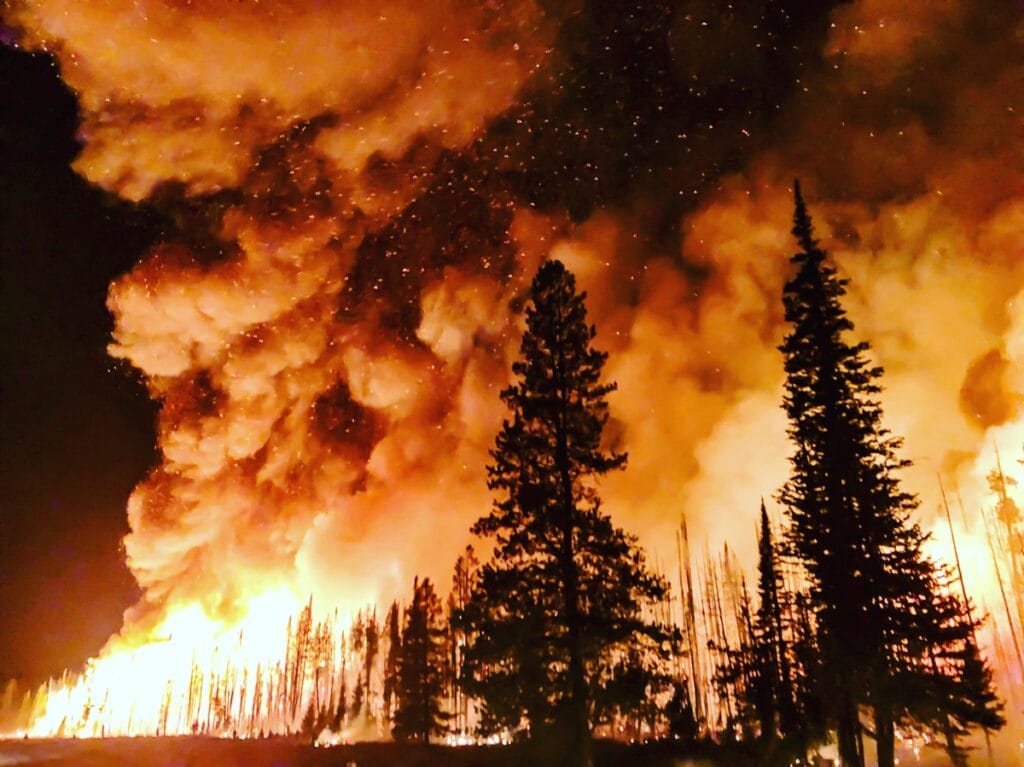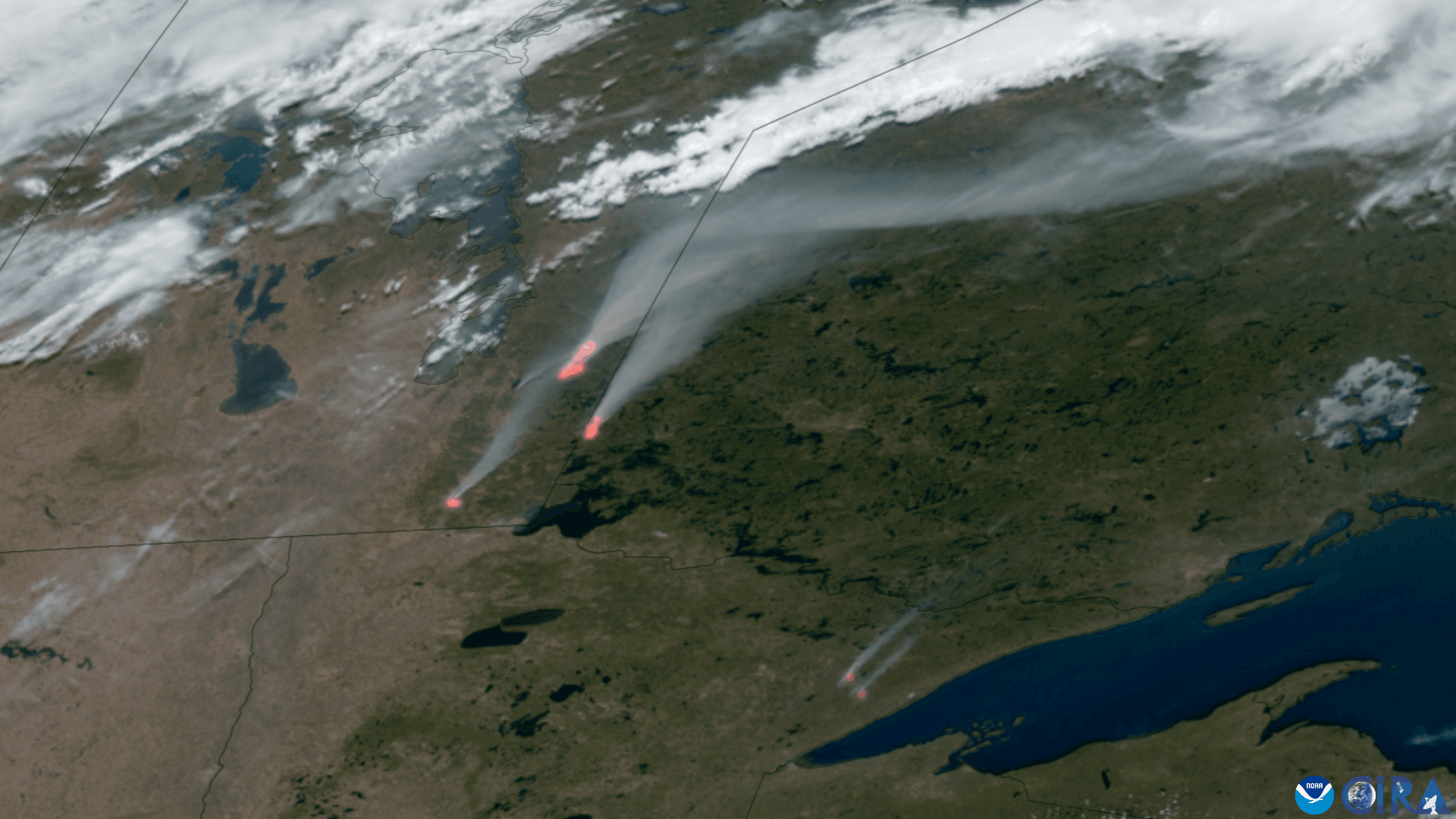This summer, northern Manitoba was ravaged by the worst wildfires it has seen in over 30 years. Tens of thousands of people were forced to evacuate their communities while wildland firefighters were spread thin in a desperate effort to contain the flames. These difficulties were compounded by years of cutbacks and by a lack of sufficient investment to strengthen response capacity.
Year-by-year trends clearly show the rising danger posed by wildfires. Yet, for more than fifteen years, successive provincial governments have kept investments in prevention and firefighting services stagnant.
“In ‘09, from our numbers, we have about 260, 259 firefighters... In 2024 they were down to 196. They've rebounded a bit this year to 235, but it’s still down [from 2009], and fires are only getting worse,” says Kyle Ross, president of the Manitoba Government and General Employees' Union, which represents wildland firefighters.
“The previous government was choosing not to fill roles, not hire for anyone that leaves the service,” he explained. “You can lose a key piece or a decision maker that leaves, and when you don't fill that role then you have people around there who are just trying to maintain and do the best they can.”
The problem, Ross emphasizes, is that firefighting does not become much more effective with new technologies. Stagnant employment numbers indicate stagnant capacity. “Wildland firefighting is manpower. There are water bombers and all these tools, but the bulk of that work is on the ground [...] with an axe, shovel, waterline, pump. It’s not machinery-driven work. It’s manpower.”

So what conditions did the 235 wildland firefighters face as they battled blazes that burned 1.5 million hectares and choked much of the region with smoke from May through August?
Ross described “insurmountable hours and a lot of time in the bush everywhere trying to prevent these fires.” He says the work cycle is “20 days on, and then you get four days off, and then 20 days on again. For those four days, you can’t be in a fire zone, but you can still work. People work 44 days straight and then they’re forced to take four days off,” he says.
"[Investment in the fire service] is to the benefit of all Manitobans, not just the union or these workers. It’s important that we have a service that can prevent incidents like we had in eastern Manitoba where we had cottages and homes lost, and in Flin Flon where we had homes lost. It’s gonna take a really well-tooled wildfire service to ensure those things don't happen.”
The North Star spoke with evacuees from Garden Hill First Nation who sheltered in Winnipeg in late June. Standing Bear, a security guard who had been evacuated a week earlier, described the chaotic nature of the evacuation process.
“The constables came knocking at my door like ‘You gotta go now.’ They told me the fire is just down the road, and sure enough, when I take a peek down my driveway it’s just down my neighbourhood. You can see the flames. I didn’t have a chance to get our IDs or look for anything. All I was concerned about was my little one’s pampers and milk, everything, I was just thinking about the little ones,” he recalls.
The psychological toll of the fires on evacuees was extraordinary. Evacuees reported their anxieties were amplified by rumours which spread in the absence of clear official communication and by the overbearing presence of police.
“I’ve never seen one councillor or whoever from back home back here. Like, at least a solid update,” said Standing Bear of the communications. “I’m concerned about the people that need the actual support and when we need it the most, ‘cause there’s a lot of people struggling here. Give us good news about something. Give us peace of mind.”
Dana, another resident of Garden Hill, described the hectic state of evacuation shelters. “There’s absolutely no privacy. Even if we put a blanket over us while we sleep, we get told not to do that, and it’s not just here. We were at the University of Winnipeg centre too, and the RBC Convention Centre. There’s no room in the hotels. They’re all full, and the meals aren’t covered, so you’re exchanging meals for privacy.”
While the bulk of the crisis has passed, Manitobans are left to wonder if anything will change by next year’s wildfire season. We asked Kyle Ross what needs to happen to ensure the province is prepared to respond to wildfires moving forward.
“We want to see an investment in the service, be it tools, be it people, be it training, to ensure these workers can do these jobs safely and that they have support doing these jobs. We really want to see a well thought out plan to ensure that if we see another fire season like this one, we're ready.”


